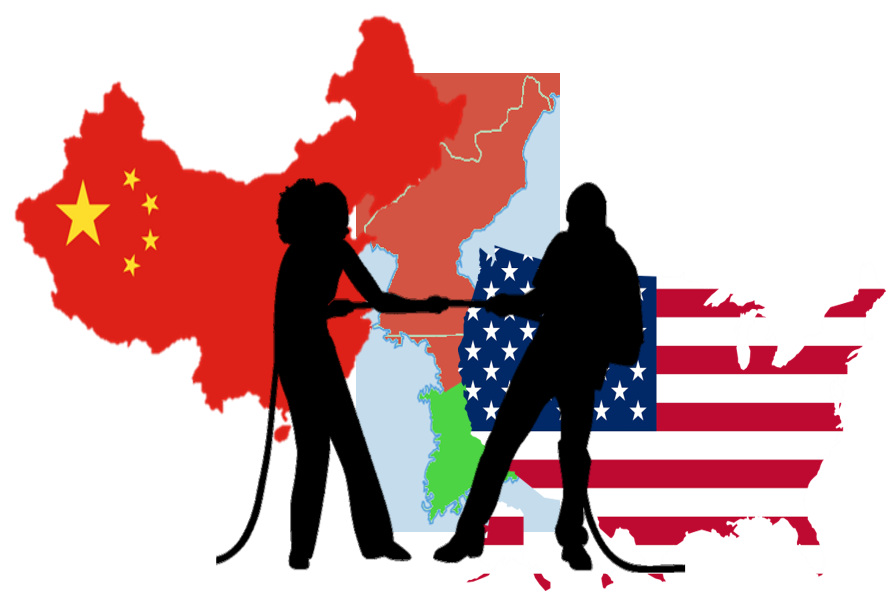A study of the United States of America and China’s new cold war conflicts and the flexible survival strategy for Korean security
DOI:
https://doi.org/10.37944/jams.v4i3.123Keywords:
U.S.-China Conflict, new Cold War, protectionism, survival strategy, Pacific CouncilAbstract
China is challenging the hegemony of the United States through its economic power, creating the so-called New Cold War. The consequent conflict between the US and China can cause selective coercion in South Korea. South Korea is highly dependent on the United States militarily and on China economically. In a conflict, if Korea is asked for selective support, there will be a dilemma in policymaking. Accordingly, I studied the geopolitical dilemma in South Korea resulting from the US–China competition and six security issues . I was able to identify six conflict factors related to Korean security: the North Korean nuclear problem, the role of US forces in South Korea, friction due to protectionism, the battle for the semiconductor market, the formation of the Pacific Coast Council, and the discharge of contaminated water from nuclear power plants in Japan. I examined the flexible survival strategies that Korea could choose for each security issue. I expected policy utility by dividing it into military, economic, and diplomatic fields.
Metrics

Downloads
Published
How to Cite
Issue
Section
License
Copyright (c) 2021 Journal of Advances in Military Studies

This work is licensed under a Creative Commons Attribution 4.0 International License.

This work is licensed under a Creative Commons Attribution 4.0 International License.

이 저작물은 크리에이티브 커먼즈 저작자표시 4.0 국제 라이선스에 따라 이용할 수 있습니다.






